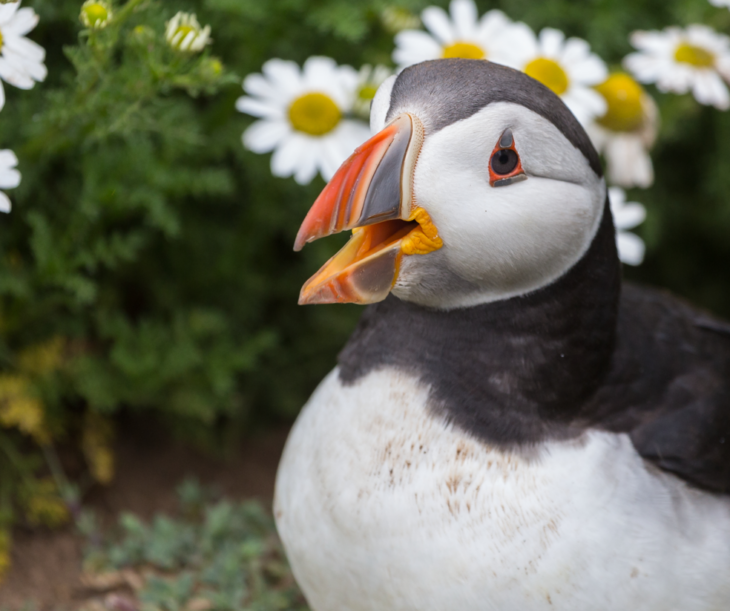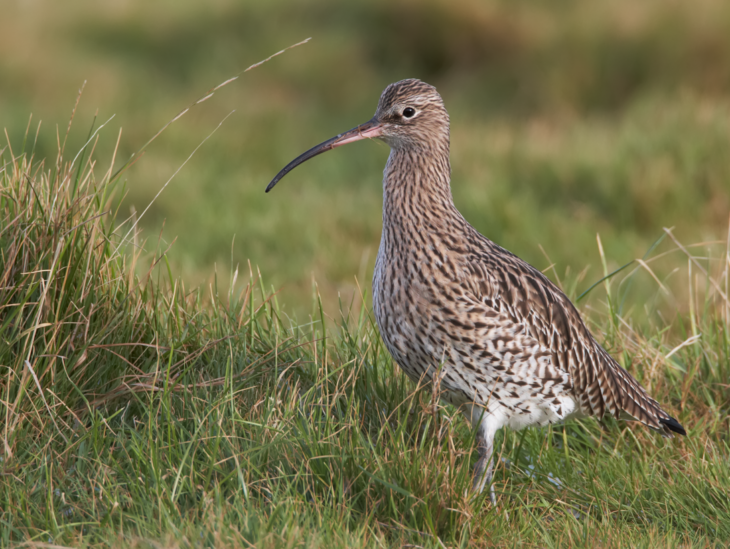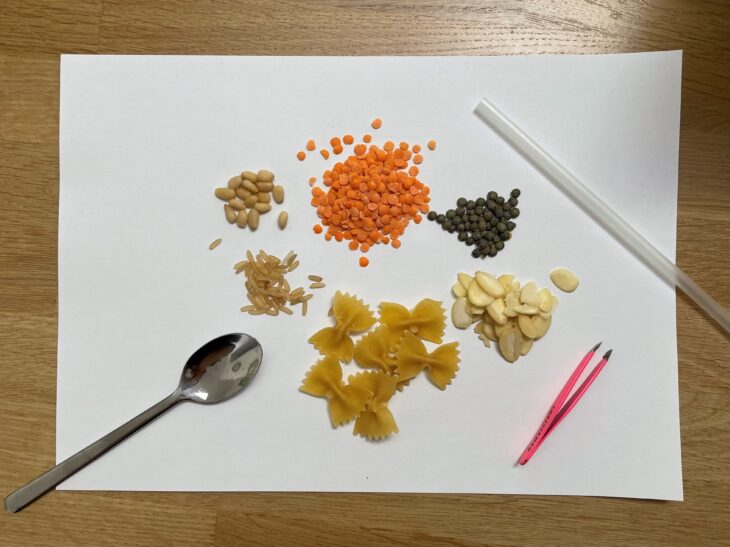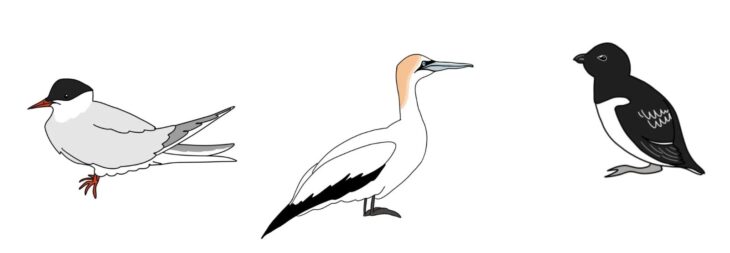Plants and animals have evolved together through complex relationships. For example, species develop special features to help them survive in certain places and eat certain food. This is called adaptation.
On the beach, many seabirds have adapted to be excellent at diving into the sea to catch fish and wader birds have long beaks to help them dig in the sand. Similarly, their food might evolve in ways to escape being eaten, such as using camouflage to blend into their surroundings!
JARGON BUSTER! Wader birds (or shorebirds) are the species we find wading along shorelines and mudflats looking for food (such as small aquatic insects and crustaceans). They are typically long-legged and long-billed to help them dig!


Get science-y and try this activity to get thinking about bird beak adaptions. Learning about these adaptations gives a greater insight into the history of the interconnections in nature!
What you will need:
- ‘Bird beaks’ – items such as spoons, straws, tweezers, clothes pegs
- Different size ‘bird food’ such as raisins, rice, pasta
- Timer
- Printed activity sheet and scissors (optional)
How to play:

You can adapt this activity in different ways (also depending on group size), making it more relaxed and experimental, or more of an active game…
- Collect the different types of ‘bird food’ you want to use. It’s good to have a range of shapes and sizes that can represent different types of food, such as fish or insects. Using the different ‘bird beaks’ you can experiment being different birds.
- First, put one type of food in the middle of the group, whilst everyone has different types of beaks. Set 30 seconds on a timer and see how much food each beak can collect in that time. Swap the food in the middle and repeat.
- Prompt the children to imagine what ways the fish and insects could change to make it harder for the birds to catch them! As you go through the different foods, are there some ‘beaks’ that are better than others for picking up certain foods? Which ones were the best and which ones struggled? Isn’t it clever that birds’ beaks are suited to their favourite foods!
- Afterwards, you could complete the bird beak lab activity sheet (download and print below)

